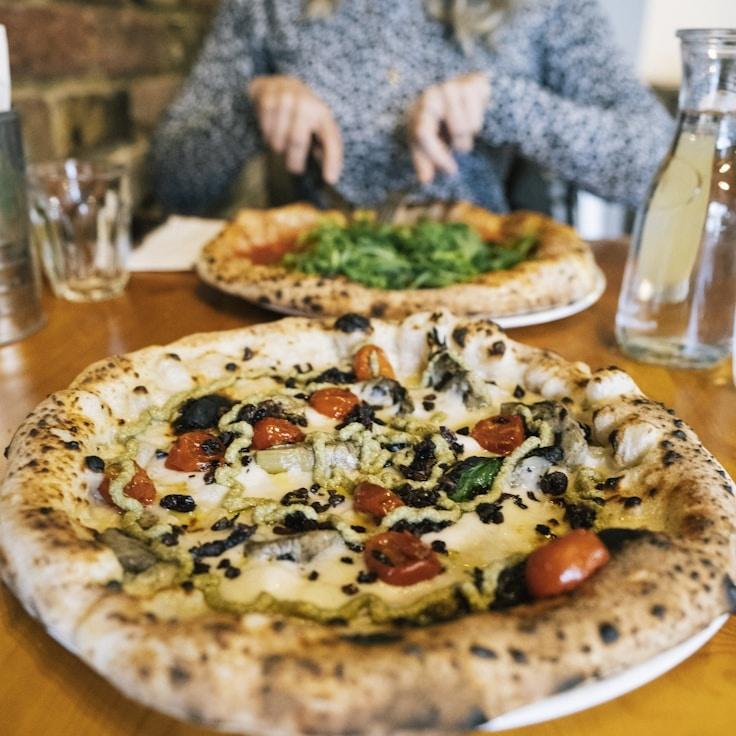At DoughVinci's Slice Emporium, our philosophy holds that the cornerstone of an extraordinary pizza is the dough. With over 30 years refining our craft, we're thrilled to let you in on a few of our secrets. While we keep our precise recipe under wraps (in respect to our heritage!), these key guidelines will enable you to emulate our restaurant-style pizza dough in your own kitchen.
Flour Choice Is Key
Superior pizza dough comes down to premium flour. 00 flour, an ultra-fine Italian flour with a moderate protein level (typically around 12%), is ideal for achieving a dough that’s both strong and tender. If 00 flour is out of reach, bread flour makes a decent alternative, albeit the texture won't be exactly the same.
Understanding Water Temperature and Dough Hydration
Your water's heat will influence both the fermentation duration and dough structure. Cold water around 45°F (7°C) leads to a longer fermentation process which enriches the flavor, whereas warmer water approximating 85°F (29°C) will hasten the fermentation. Aim for a hydration rate of 60-70% to suit most home oven conditions.
Less Yeast, Longer Ferment
To create a dough with depth of flavor, use a minimal amount of yeast and a prolonged fermentation time. Our method includes only 0.2% fresh yeast by flour weight and lets the dough ferment for 24-48 hours, developing richer taste and more digestibility.
The Role of Salt
Salt does double duty, seasoning the dough and enhancing the gluten matrix as well as tempering fermentation. We suggest using fine sea salt in the quantity of 2.5-3% based on your flour weight. Introduce it once the flour and water have begun to merge, avoiding direct contact with the yeast.
The Fermentation Craft
Post-mixing, give your dough a 2-hour room temperature bulk fermentation, then section it into individual portions. Encase these portions in sealed containers and let them chill in the refrigerator for 24-72 hours. During this cold fermentation phase, enzymes transform starches into sugars, thus enhancing flavor and producing the golden-brown crust we're known for.
Gentle Dough Handling
When you're ready to make your pizza, let the dough come to room temperature 1-2 hours before you start baking. Carefully handle the dough to keep the air bubbles intact. Use your fingers to press and stretch the dough rather than flattening it with a rolling pin, which would squash those essential air pockets.
The Impact of Heat
Our wood-fired ovens achieve the staggering heat of 850°F (454°C), something home ovens can't replicate. However, a preheated pizza stone or steel, warmed for at least one hour, can somewhat mimic this high temperature, ensuring a crisp crust and fluffy core.
Dough mastery is an evolving process, with each attempt teaching you more about the art. We advocate for jotting down observations, tweaking variables, and finding the techniques that work best in your kitchen.
Interested in observing our dough preparation firsthand? Attend one of our monthly pizza classes where Chef Julian goes through these practices in detail. For dates and times, see our event schedule!

